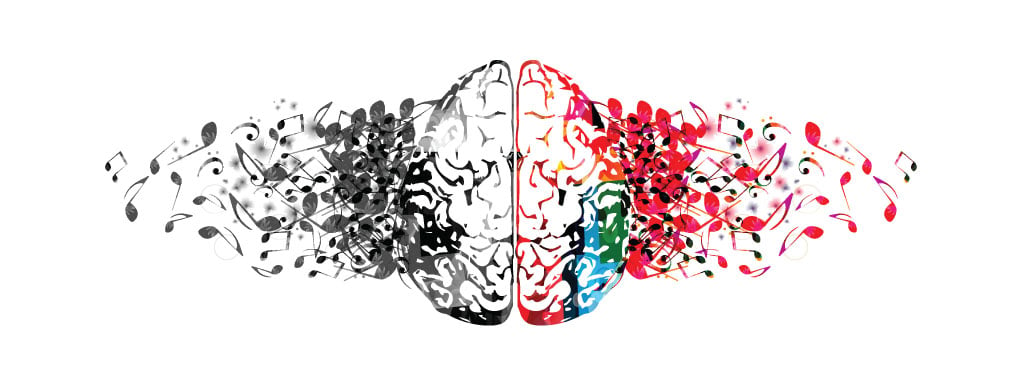
Who doesn’t love the arts? We listen to music during our free time, go dancing, and watch live performances, among other things! This past week, I went to an arts symposium, where I learned a lot about integrating the arts into the classroom.
Here are several takeaways I wanted to share with my fellow educators:
- Arts Integration vs. Arts Enhanced: Before this symposium, I would have told you I always integrate the arts in my classroom. We sing, we dance, and we create! However, an important difference I learned was an arts-enhanced curriculum is where you use the arts as more of a supplement rather than the focus. For example, singing the ABCs is an arts-enhanced method because students are merely recalling information. However, integrating the arts by forming each letter with your body and creating a word that begins with the letter through an art form would reach a higher level of understanding. Arts Integration requires a constructivist approach to teaching where students create, which is the highest level of thinking according to Anderson and Krathwohl’s revised Bloom’s taxonomy.
- Acting Right: This concept teaches students to collaborate and cooperate as a team. Sean Layne’s book of the same name gives teachers practical and easy-to-use language to teach students the appropriate behaviors through drama to become successful in the classroom. I can’t wait to try the actor’s toolbox, where students engage in signing a contract by using their bodies to commit to having a calm body, focused mind, and balanced emotions. What a wonderful way to begin the day! Moving our bodies and committing to bringing our best self to the classroom will build a lasting culture for the school year. Personally, I think it will help me focus on bringing my A game each day.
- Creating Tableaus: This comes from the French word meaning a picture or image. Students engage in a physical activity to show a living picture of an event or period of time. This can be used to demonstrate an understanding of a historical event, such as the Civil War, or a science concept like the life cycle of a plant. The ideas are endless. Each student participates within the group showing collaboration, corporation, and total engagement. Of course, it is vitally important to teach these skills beforehand because you need the proper classroom management to make this successful. Acting Right provides simple lessons and challenges to teach these necessary behaviors. As with any classroom management system, the work you put in at the beginning of the year will pay off tenfold for the remainder of the year.
- Reading Art as Texts: This is a visual literacy experience where students learn to read a picture. They use hand motions to identify the six elements of portraiture: facial expression, focal point, gestures, clothing, setting, and objects. Partners or small groups analyze the pictures with those concepts in mind and begin to create a story. Students can then take this story through the writing process or create a theatrical performance. Students use critical thinking skills, problem solving, collaboration, and cooperation to create a story. I am very excited to use this strategy with my English language learners. What a great way to involve all students—no matter what their ability levels are!
- Words in Motion: This concept uses dance to teach vocabulary and poetry. Students are able to choreograph dances to demonstrate their understanding of various words and poems. It is important to teach students about space and appropriate safety issues such as body control, respect, and using movement to communicate rather than voice. Have partners or small groups read a poem, or you could read it aloud together. Have some groups create a dance to show different vocabulary words from the poem while other groups create another dance to explain the meaning of the poem. You could also do this with stories or short passages. It's a great way to get students thinking outside the box by having to communicate with movement rather than a paper and pencil!
The symposium was led by the John F. Kennedy Center for the Performing Arts in New York, where the arts are celebrated on a minute-by-minute basis. Their main objective for arts integration is believing that learning is actively built, experiential, reflective, evolving, collaborative, and problem solving. It is also important to design your classroom with these concepts in mind. Rather than the standard row of desks and chairs, think about arranging your desks in a circle or with some kind of large open space so students can act, dance, create, and move! Of course, there is still a place for paper and pencil learning. But by keeping passive learning to a minimum and investing in a more hands-on active approach, your students will gain a deeper level of learning, and isn’t that what it’s all about?
How do you enhance your classroom with the arts? Let us know in the comments below! For more teaching tips and trends all year long, be sure to subscribe to the Educator blog.


